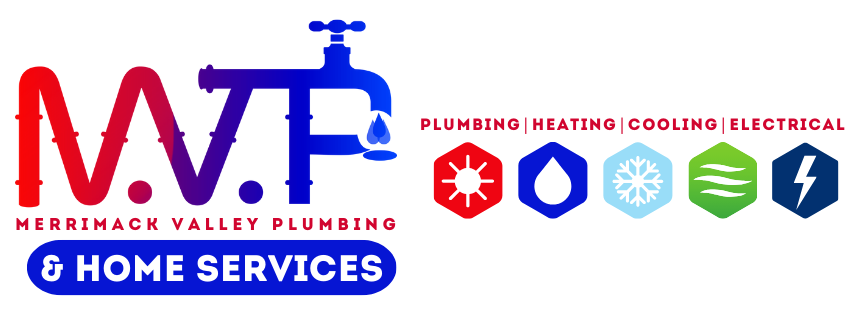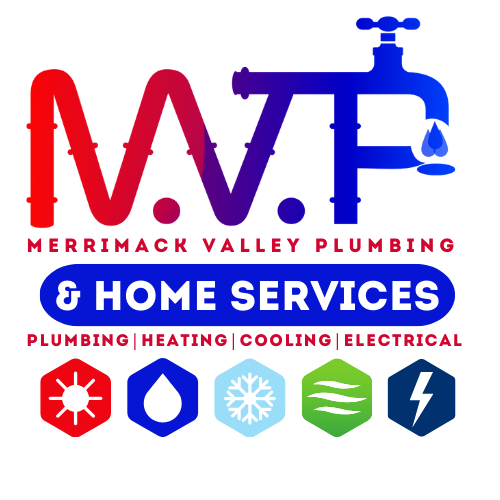What to Know About Backflow Prevention
Backflow prevention is a vital aspect of plumbing that ensures the safety and quality of your water supply. Backflow occurs when the direction of water flow reverses, causing contaminated water from sources such as sewers, drains, pools, or irrigation systems to enter your potable water system. This can pose serious health risks and damage your plumbing fixtures and appliances.
Here is some information about what causes backflow, what types of backflow prevention devices are available, and how to maintain them properly.
What Causes Backflow?
Backflow can be caused by two main factors: backpressure and back-siphonage.
Backpressure
This occurs when the pressure in the potential source of contamination is higher than the pressure in the water supply pipe. This can happen due to pumps, boilers, or elevation differences. For example, if a hose is connected to a faucet and submerged in a pool, the pressure in the pool can be higher than the pressure in the faucet, causing the pool water to flow back into the faucet and the water supply pipe.
Back-Siphonage
This occurs when the pressure in the water supply pipe drops below atmospheric pressure, creating a vacuum that sucks the contaminated water into the pipe. This can happen due to water main breaks, fire hydrants being opened, or power outages. For example, if a hose is connected to a faucet and left open, and the water main breaks, the water supply pressure will drop, creating a siphon effect that draws the hose water into the faucet and the water supply pipe.
What Are the Consequences of Backflow?
Backflow can result in serious consequences, such as:
- Waterborne diseases: Water from backflow can carry bacteria, viruses, parasites, or chemicals that can cause illnesses, such as diarrhea, typhoid, hepatitis, or lead poisoning.
- Corrosion: Backflow water can vary in pH level and mineral content, which can corrode the pipes and fittings, leading to leaks or bursts.
- Discoloration: The water from backflow may have a different color or odor, affecting the appearance and taste of the water.
To prevent these problems, you need to install backflow prevention devices that prevent the unwanted reversal of water flow.
What Types of Backflow Prevention Devices Are Available?
There are different types of backflow prevention devices, depending on the level of risk and the type of connection. Here are some common devices.
Air Gap
This is the simplest and most effective way to prevent backflow. It is a physical separation between the water supply and the potential source of contamination, such as a faucet and a sink.
Vacuum Breaker
This is a device that prevents backflow by creating a vacuum in the water supply pipe when the water flow stops. It allows air to enter the pipe, breaking the siphoning effect that can cause backflow. Vacuum breakers are commonly used for hose bibs, sprinklers, and faucets.
Reduced Pressure Zone (RPZ) Valve
This is a device that consists of two check valves and a pressure relief valve. It prevents backflow by maintaining a lower pressure in the water supply pipe than in the potential source of contamination. If the check valve fails or a backpressure occurs, the pressure relief valve opens and discharges the contaminated water into the atmosphere. RPZ valves are used for high-risk connections, such as fire sprinkler systems, boilers, or chemical injection systems.
How to Maintain Backflow Prevention Devices Properly?
Backflow prevention devices must be installed by licensed plumbers and inspected and tested regularly to ensure their proper functioning. The frequency of inspection and testing depends on the type of device and the local regulations.
For questions or concerns about backflow prevention in your home or business, contact Merrimack Valley Plumbing. We can help you choose the right device for your needs, install it correctly, and maintain it properly.






